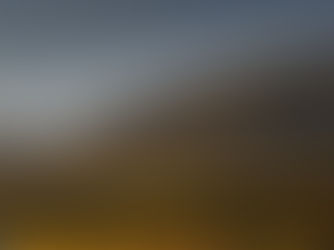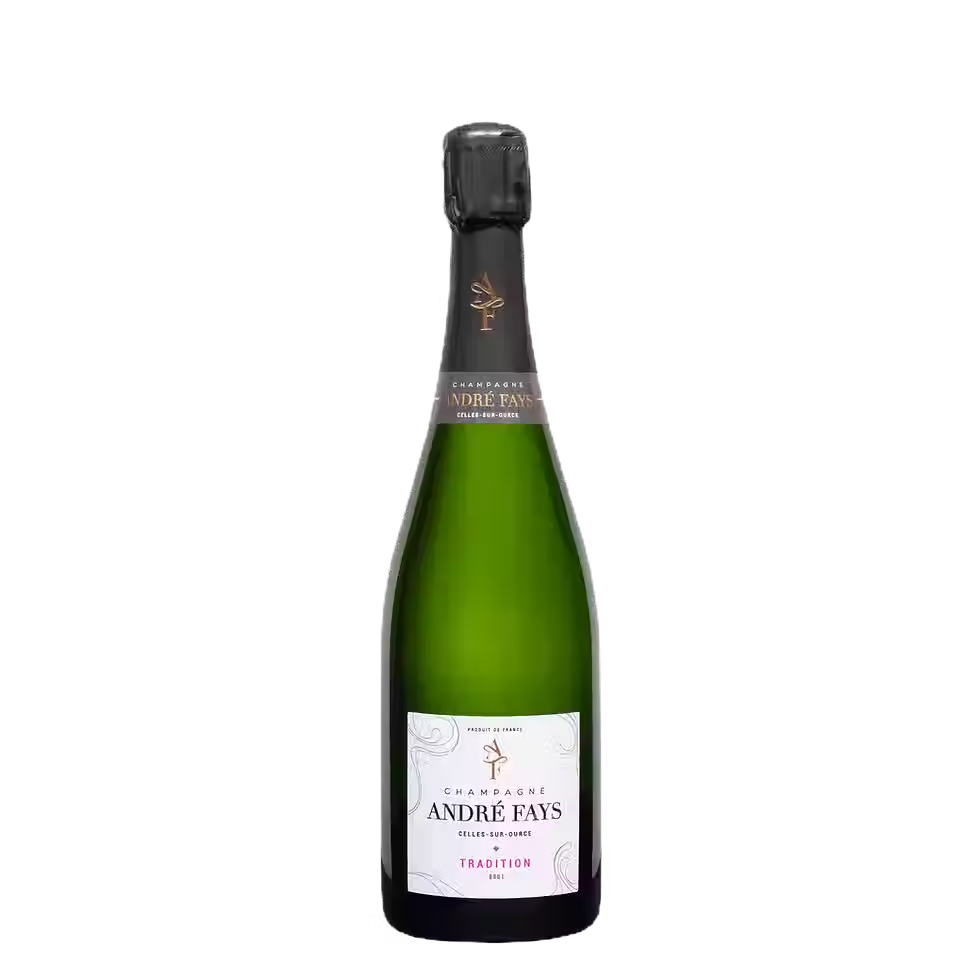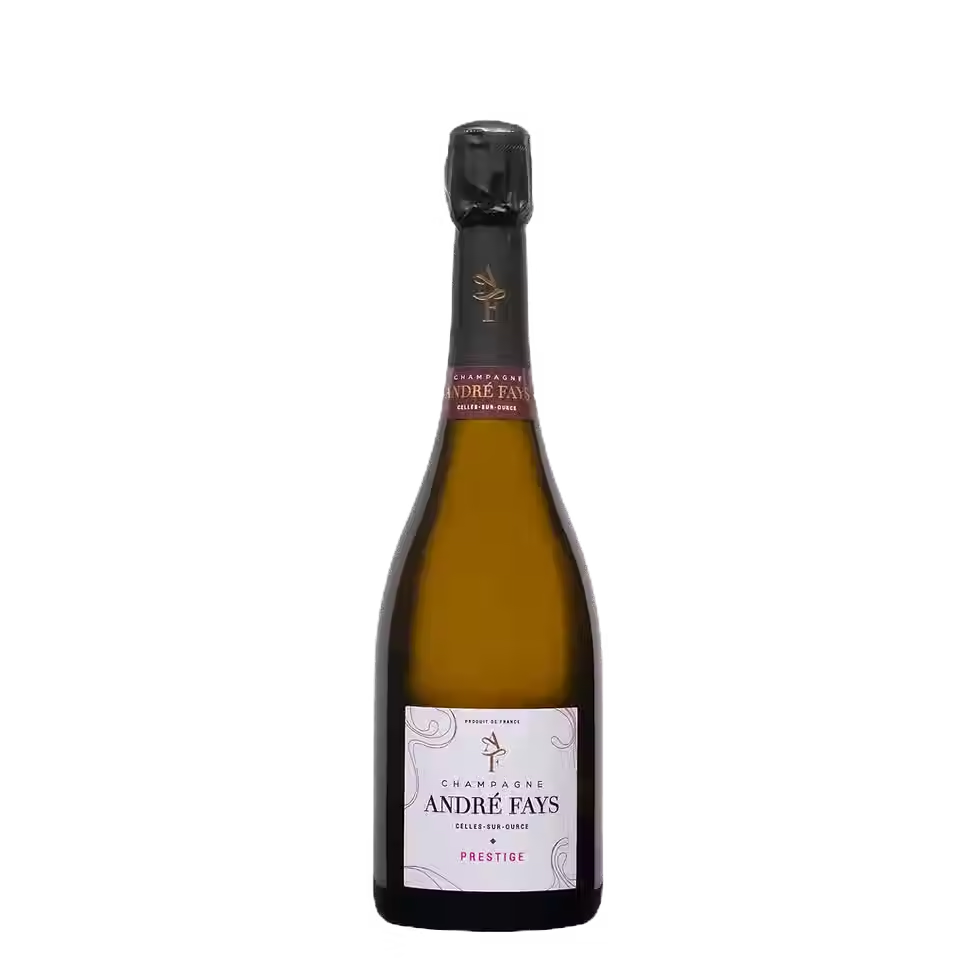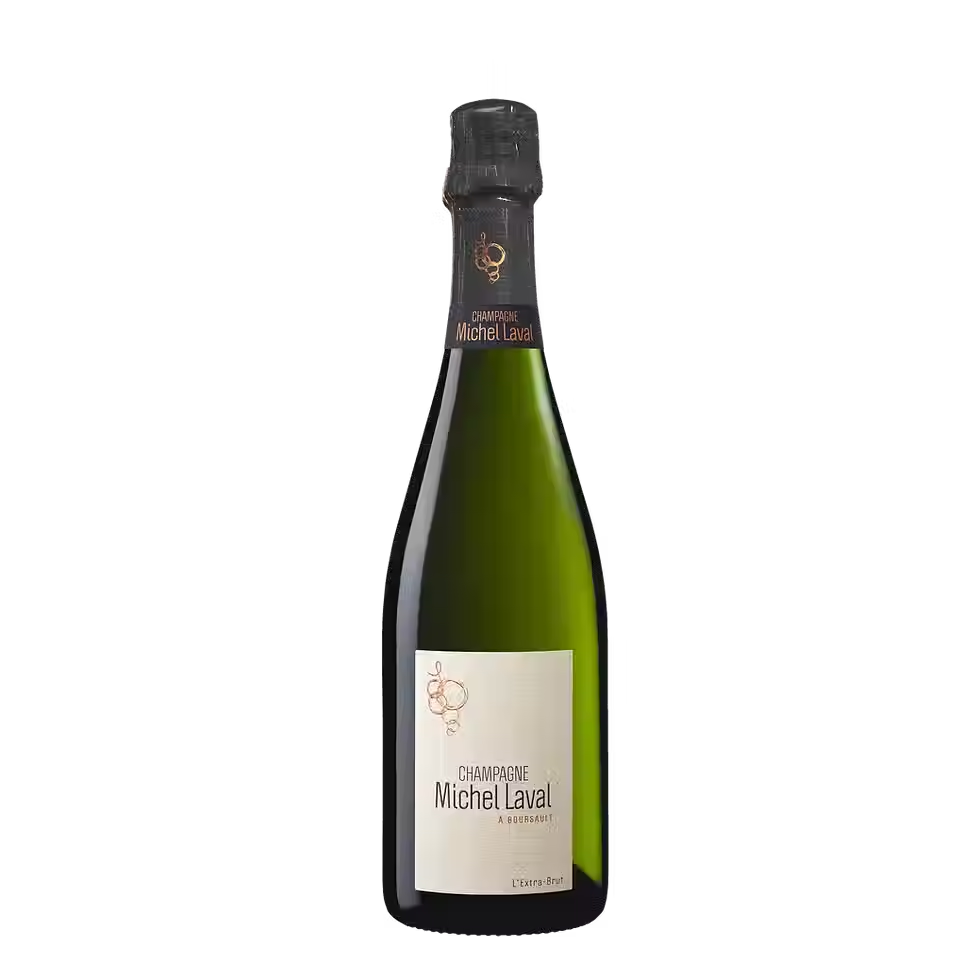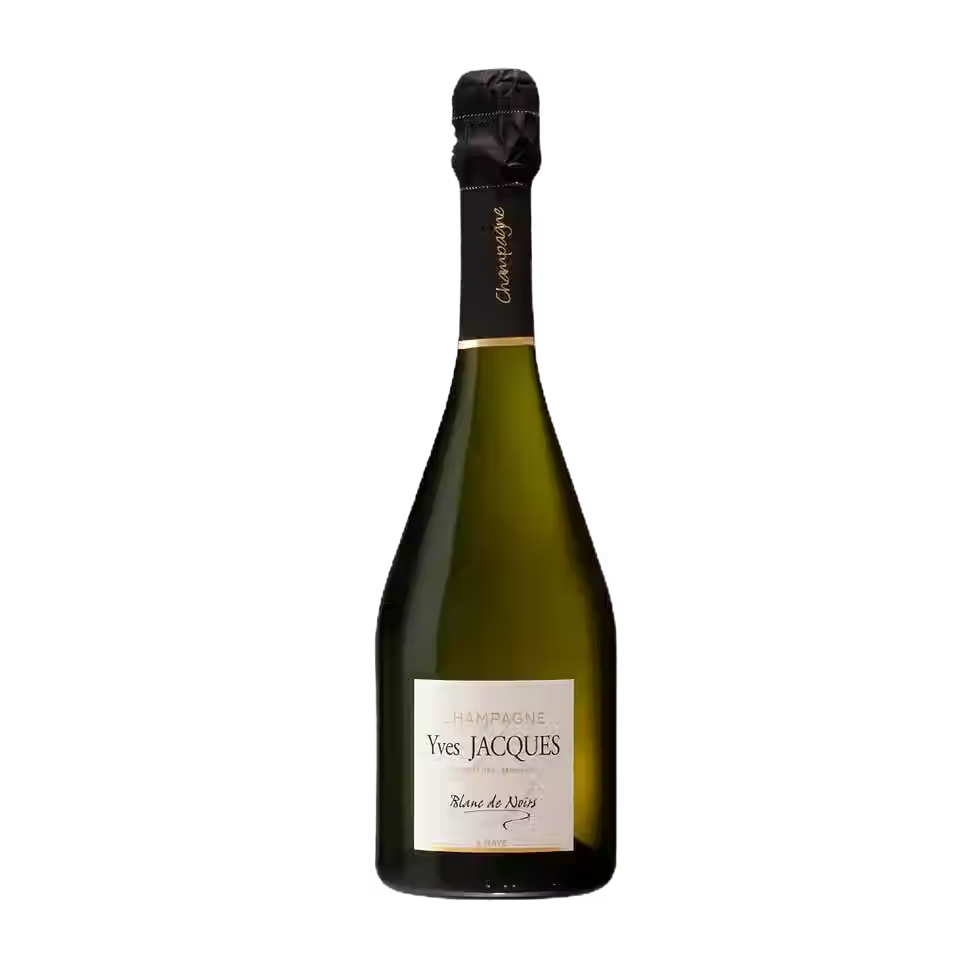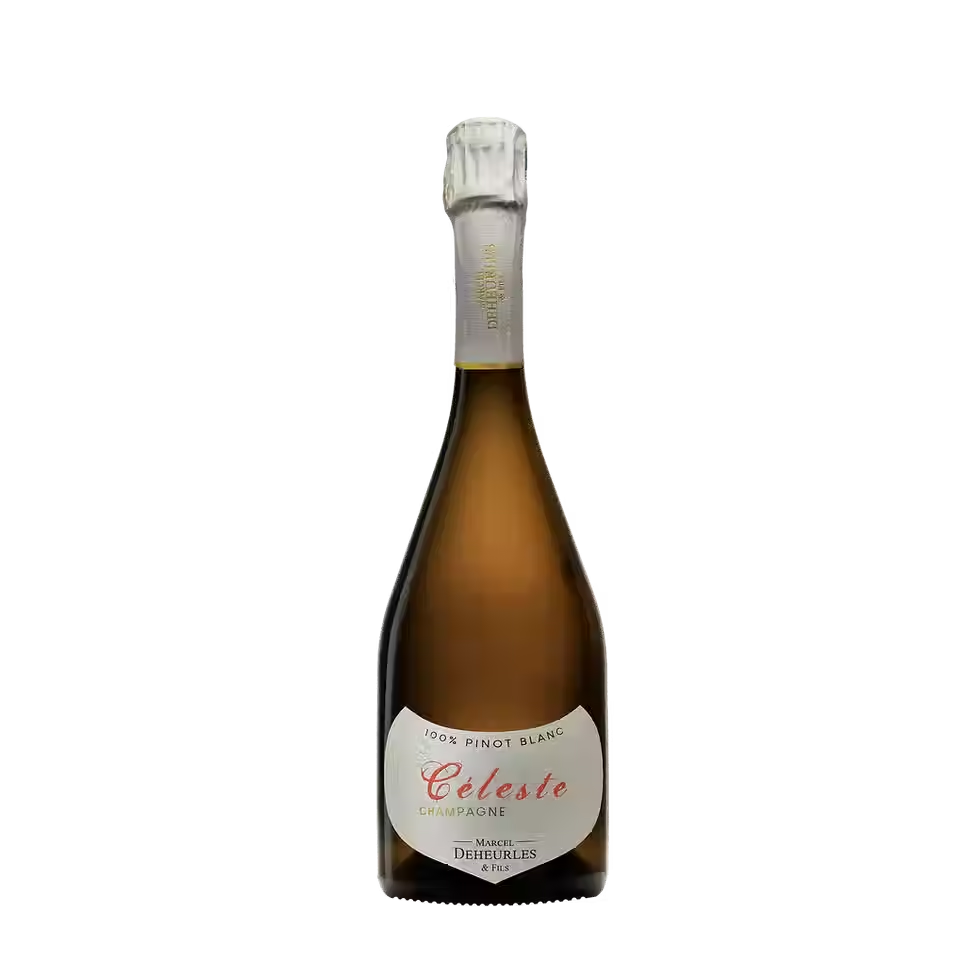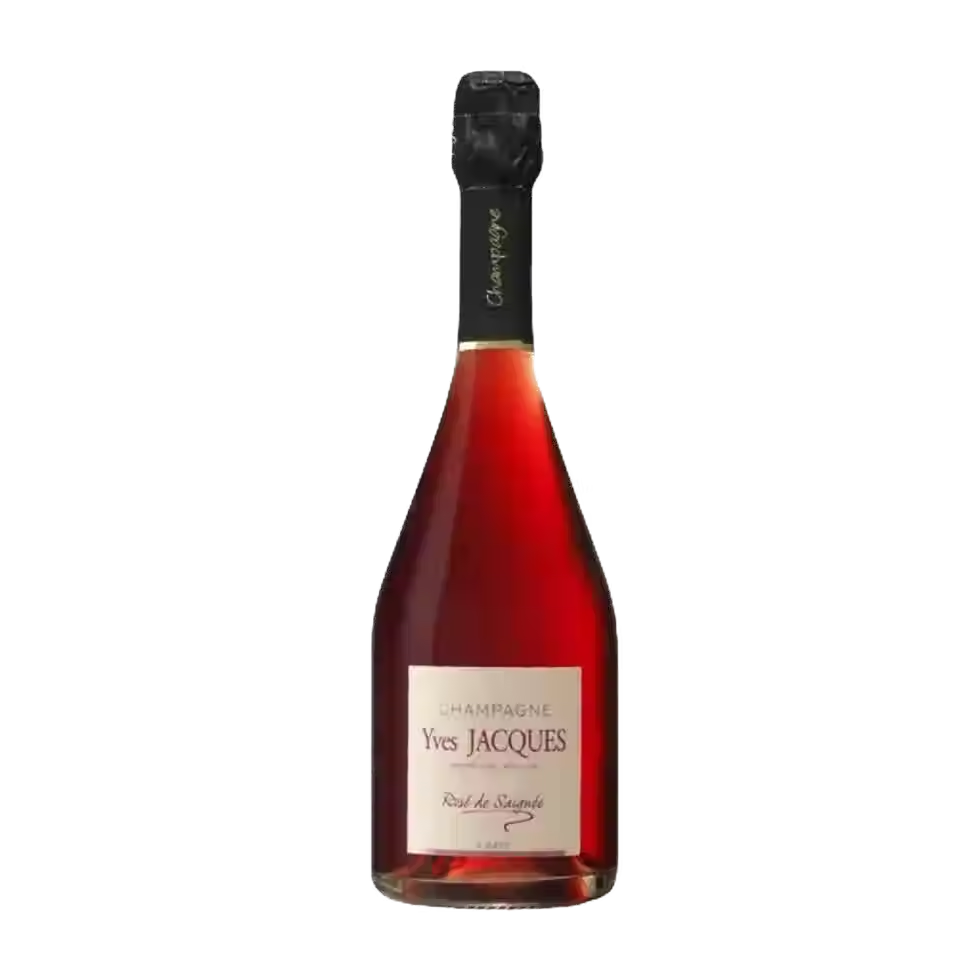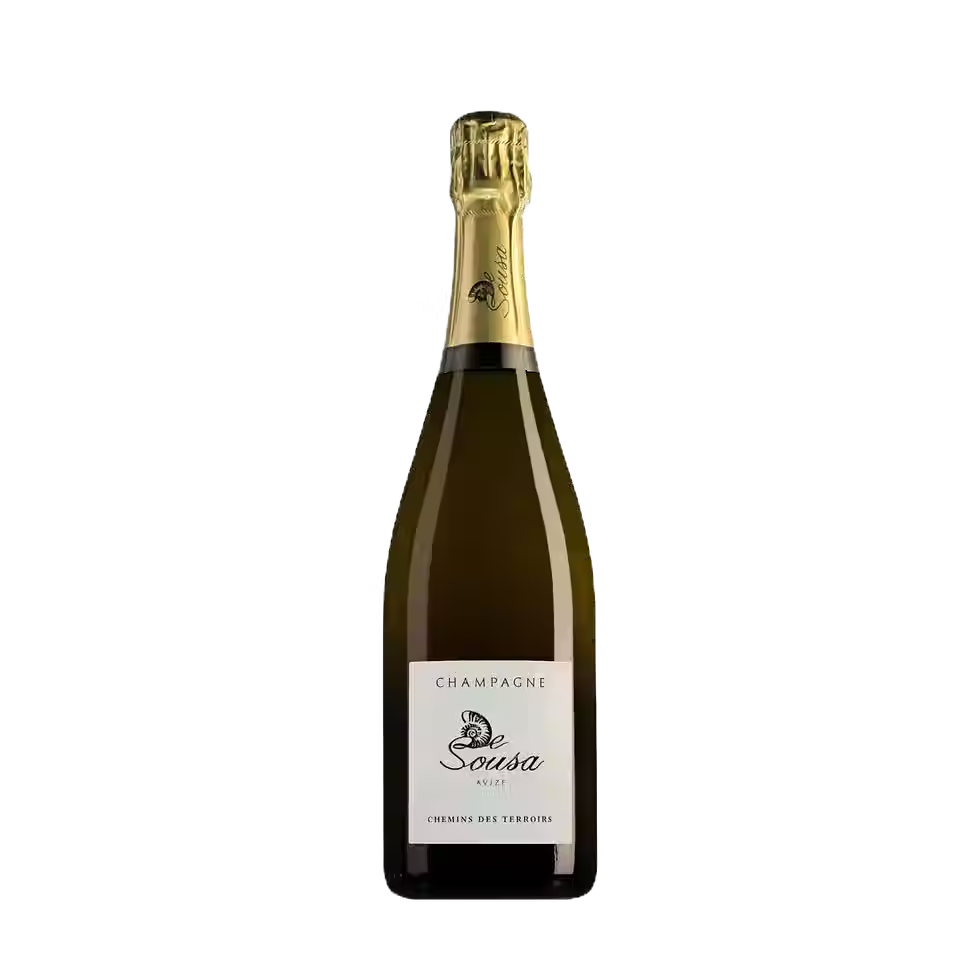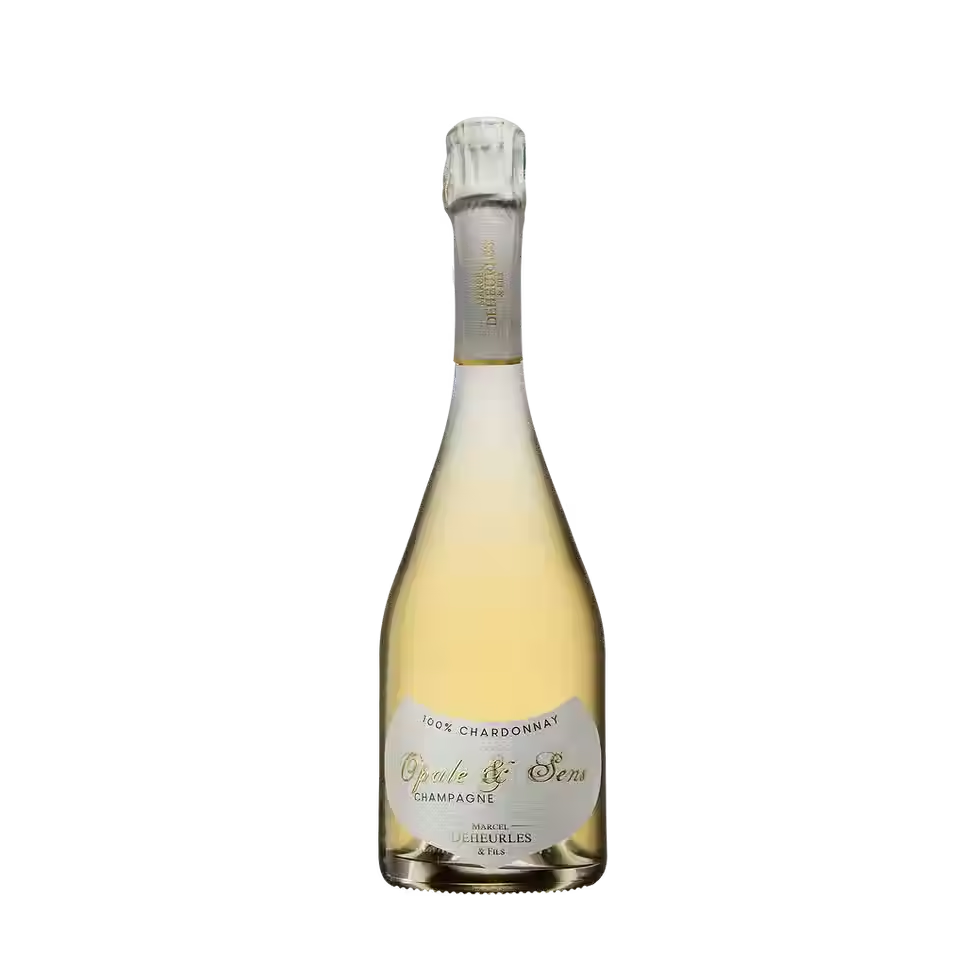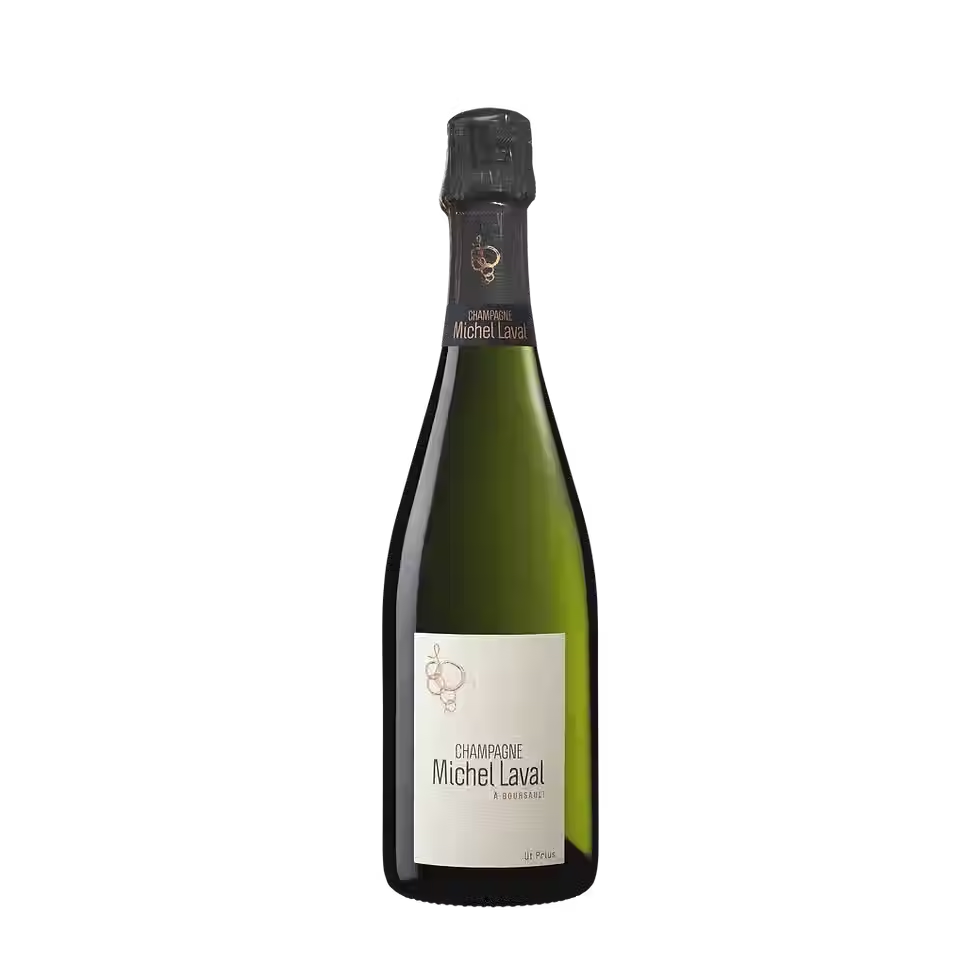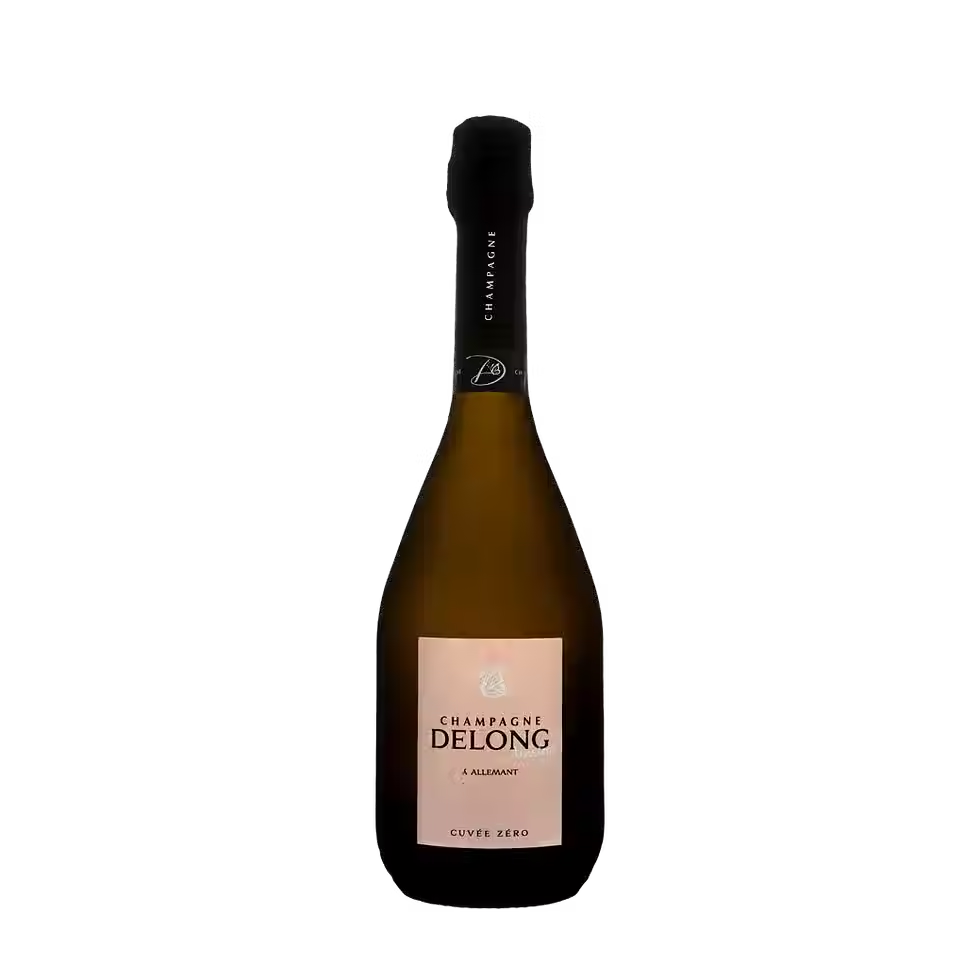From Brut to Demi-Sec: The Secret Dosage Behind Every Champagne
- cecile-w
- Jan 3
- 3 min read
Updated: Jul 22

Behind the scenes of every bottle of Champagne is a critical component that shapes its flavor: the dosage. The dosage determines whether a Champagne is Extra-Brut, Brut, or Demi-Sec. If you are a champagne enthusiast, understanding dosage is key to appreciating the nuances of this sparkling wine.
What is Dosage in Champagne?
Dosage refers to the small amount of sugar added to champagne, just before the cork is sealed. This sugar, mixed with a base wine, is called the liqueur d'expédition.
The amount of sugar in this liqueur is what determines the sweetness level of the Champagne. Depending on how much sugar is added, Champagne can range from brut nature (no added sugar), to doux (the sweetest).
The Technique Behind Dosage
The dosage process is a key part of the traditional method (Méthode Champenoise), the technique used in Champagne production. After fermentation, champagne is aged with its yeast cells in the bottle for a minimum of 15 months.
Over time, this aging process creates complex flavors, but it also leaves behind yeast sediment that needs to be removed. This is done through a process known as riddling, where bottles are slowly rotated to collect the sediment near the bottle’s neck.
Once the sediment is collected, the neck is frozen, and the sediment plug is ejected during dégorgement. At this point, dosage is added to the Champagne before the final cork is inserted. The sugar levels are adjusted depending on the desired sweetness. This is why dosage plays a vital role in balancing acidity and flavors in the final product.
The History Behind Dosage
The practice of adding sugar dates back to the early days of Champagne. Originally, Champagne's taste and quality were much more volatile than they are now. Winemakers discovered that by adding a considerable amount of sugar, they could create more consistent wines.
Over time, thanks to progress in chemistry, winemakers began to produce high-quality champagnes more consistently, without adding too much sugar.
In the early 1800s, Champagne houses like Moët & Chandon began producing drier styles of Champagne, leading to the rise of today’s more common brut and extra brut categories. Dosage allowed winemakers to fine-tune the final product to suit evolving tastes.
Dosage and Champagne Styles
The dosage affects the style of Champagne.
Here’s a quick guide to common dosage categories:
Brut Nature/Zero Dosage: no sugar added, showcasing the purity and natural acidity of the wine.
Extra Brut: 0-6gr per liter, resulting in a dry and crisp champagne.
Brut: 6-12gr per liter, the most common style, with moderate sugar levels balancing acidity and fruitiness.
Lesser common dosage categories that contain much more sugar and are rarely produced nowadays :
Extra-Dry: 12-17gr per liter, sometimes found in champagne destined for cocktails
Dry: 17-32gr per liter
Demi-Sec: 32-50gr per liter, often enjoyed with dessert in the past
Doux: more than 50gr per liter
The future of Dosage
Dosage in champagne is key, not only in adding sweetness, but also in achieving a perfect balance between the wine’s acidity, fruitiness, and complexity.
As climate change continues to influence grape ripening, champagne producers experiment more and more with lower dosage practices and other methods to maintain consistency in their wines.
The trend toward producing drier champagnes, like Brut Nature or Extra Brut, increases as winemakers seek to preserve the natural crispness of the wine in warmer conditions.
Discover our Brut Nature champagne from Champagne Marlène Delong (organic) or from Champagne Yves Jacques (blanc de noirs).













